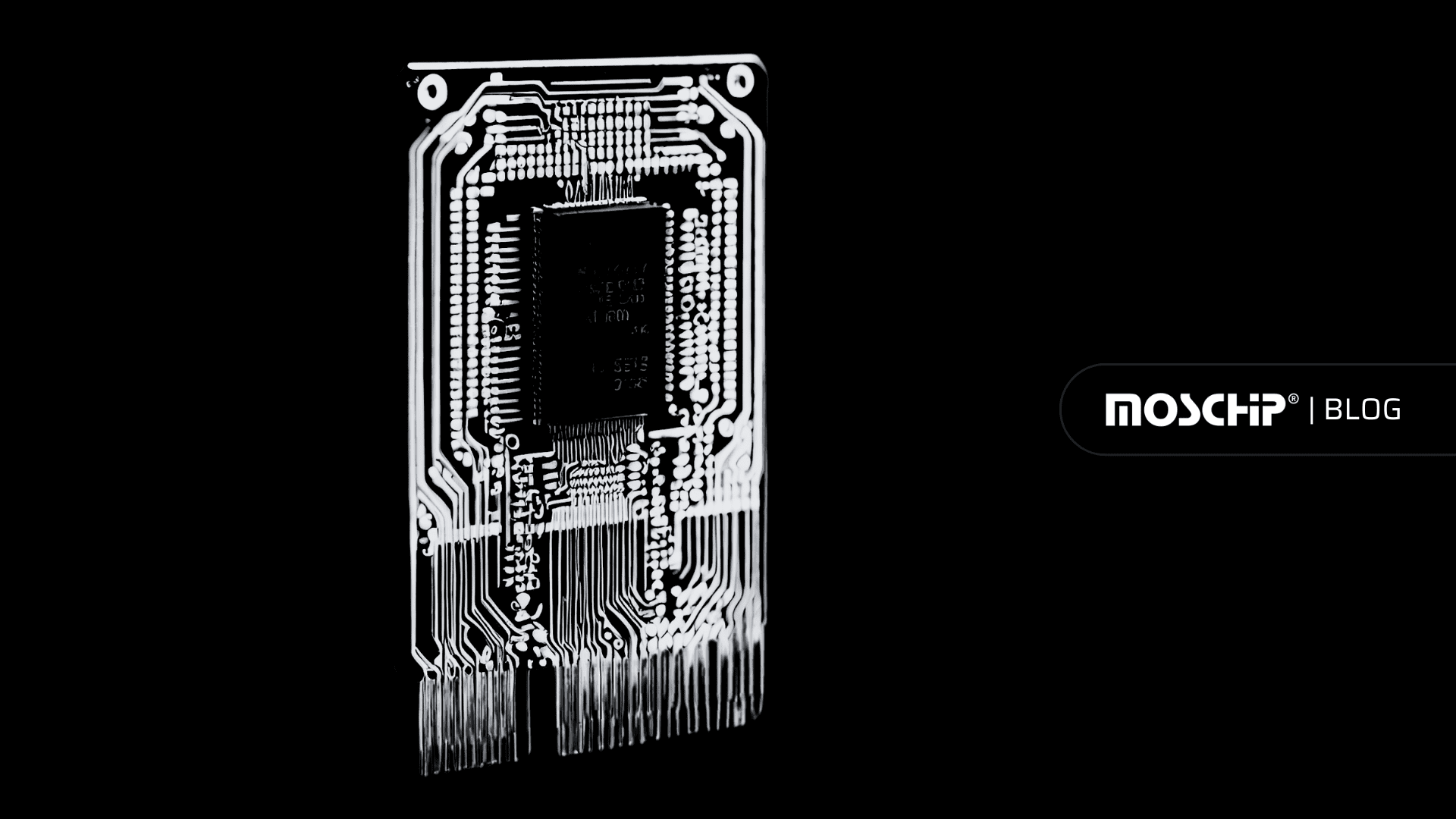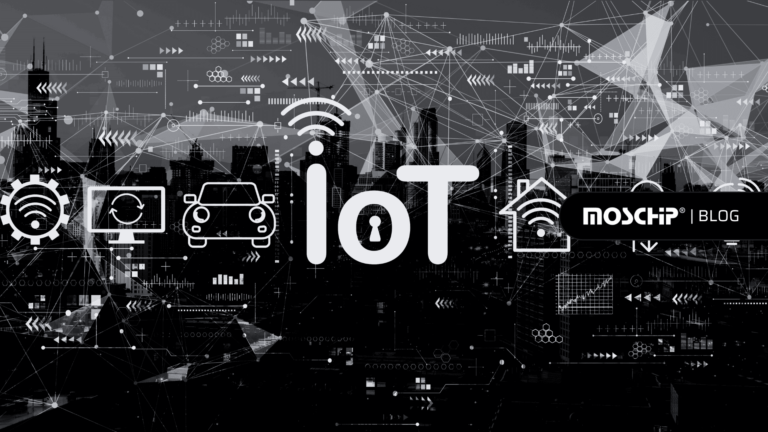Understanding the integration of Embedded Systems in Consumer Electronics
In an era characterized by an ever-growing interconnectedness, the convergence of Embedded Systems and the IoT stands as a pivotal force, driving a transformative wave within the domain of consumer electronics as our devices evolve into intelligent, interconnected entities seamlessly integrated into our daily lives. In 2023, the global embedded systems market reached a size of USD 170.04 billion and is projected to reach approximately USD 258.6 billion by 2032, indicating a forecasted Compound Annual Growth Rate (CAGR) of 4.28% from 2023 to 2032. Precedence Research provided these insights. The widespread impact of IoT in consumer electronics signals a new era where devices surpass their isolated identities, evolving into nodes within a vast network of interconnected smart technologies. The cooperative alliance between Embedded Systems and IoT is the driving force behind the transformative shift in the gadget industry, elevating their functionality to intelligent and adaptable domains.
The role of Embedded systems in the Consumer Electronics
Embedded Systems are essential for functionality within our devices. At the core of every smart device, from smartphones to smart home appliances, embedded systems provide the intelligence and functionality that define modern technology. These specialized systems are seamlessly integrated into electronic devices, acting as the nerve center that utilizes the power of embedded systems and executes specific tasks with unparalleled precision. The integration of microcontrollers, sensors, and actuators within embedded systems enhances consumer electronics by enabling devices to interact with their surroundings. From touch sensors in smartphones to environmental sensors in smart thermostats, these components imbue devices with the capability of devices to gather information. Moreover, the connectivity facilitated by embedded systems, especially on the IoT, has brought a new era of smart, interconnected consumer electronics. Whether optimizing energy consumption in smart homes or enhancing health monitoring through wearables. The role of embedded systems in consumer electronics is about seamlessly blending embedded system design and the deployment of embedded AI solutions for a smoother and more technological experience.
Core components of Embedded Systems in Consumer Electronics
Microcontrollers: Microcontrollers serve as the central processing unit of embedded systems in consumer electronics. These compact integrated circuits are designed to perform specific tasks, functioning as the brain that governs the device’s operations. In devices like smartphones, microcontrollers play a critical role in managing functions such as processing user inputs, controlling hardware components, and executing various applications. Widely used examples include Arduino and Raspberry Pi, showcasing the adaptability and versatility of microcontrollers across different consumer electronics applications.
Sensors and Actuators: The integration of sensors and actuators is instrumental in enhancing the functionality and responsiveness of consumer electronics. Sensors act as the sensory organs of the device, capturing data from the surrounding environment. For instance, touch sensors in smartphones enable users to interact with the device’s interface. Actuators, on the other hand, translate the processed information into physical actions. In smart home appliances, actuators may regulate temperature, control lighting, or initiate security measures based on the data received from sensors. The connection between sensors and actuators enables devices to adapt to changing conditions and user inputs.
Wired and Wireless Connectivity: Connectivity is a cornerstone of embedded systems in consumer electronics, facilitating communication between devices and external networks. Wired communication protocols, such as Ethernet and USB, provide reliable and high-speed connections, ensuring seamless data transfer. On the other hand, wireless protocols like Wi-Fi, Bluetooth, and Zigbee offer the flexibility of communication without physical constraints. This connectivity is pivotal for devices to collaborate effectively, enabling features like remote control, data sharing, and interoperability. In IoT, the combination of wired and wireless connectivity forms the backbone of smart, interconnected consumer electronics, allowing devices to contribute to a broader networked ecosystem.

Core components of Embedded systems in Consumer electronics
Challenges and Solutions
Power Consumption Concerns: Efficient power management plays an important aspect in the design of embedded systems, particularly in the context of consumer electronics. As devices become more advanced and portable, addressing power consumption concerns is crucial for prolonged usability and enhanced user experience. Low-power design strategies involve optimizing the hardware and software performance. This may include implementing energy-efficient processors, employing sleep modes when devices are inactive, and optimizing algorithms to reduce computational demands. Additionally, advanced battery management solutions play a pivotal role, ensuring that the power supply is utilized optimally and enhancing overall battery life. This is particularly important in devices like smartphones and wearables, where users expect extended usage between charges.
Security Considerations: The security of data becomes a paramount concern. These devices must employ robust security measures to safeguard user information and maintain privacy. This involves implementing advanced data encryption techniques to protect sensitive information from unauthorized access or interception. Authentication mechanisms ensure that only authorized users can access the device, and authorization controls what actions users are allowed to perform.
The future of embedded systems in consumer electronics
The future of embedded systems in consumer electronics is marked by transformative trends. Edge computing, a paradigm shift in data processing, is poised to reduce latency and enhance real-time processing, ensuring a more responsive consumer electronics experience. The integration of Artificial Intelligence and machine learning in embedded AI solutions brings advanced capabilities, devices can recognize patterns, adapt to user behavior, and predict maintenance needs, promising a more personalized user experience. Looking ahead, emerging technologies such as 5G connectivity and quantum computing will further influence embedded systems, offering faster and more efficient consumer electronics experiences. This evolution is reshaping the consumer electronics market, ushering in increased efficiency, enhanced user experiences, and a proliferation of smart devices, positioning embedded systems as central players in shaping our interactions with technology in the future.
In conclusion, the integration of embedded systems in consumer electronics represents a transformative journey toward creating intelligent, adaptive, and responsive devices. As we look to the future, the possibilities are boundless, and the impact on consumer electronics design is set to be revolutionary. The synergy between device engineering, embedded system design, and embedded AI solutions is driving the consumer electronics industry toward a new era of innovation and connectivity.
About MosChip
MosChip Technologies Limited is a publicly-traded semiconductor and system design services company headquartered in Hyderabad, India, with 1000+ engineers located in Silicon Valley-USA, Hyderabad, and Bengaluru. MosChip has over a twenty-year track record in designing semiconductor products and SOCs for computing, networking, and consumer applications. Over the past 2 decades, MosChip has developed and shipped millions of connectivity ICs. For more information, visit moschip.com
Stay current with the latest MosChip updates via LinkedIn, Twitter, FaceBook, Instagram, and YouTube
Author
-
Ambuj is a Marketing professional at MosChip creating impactful techno-commercial writeups and conducting extensive market research to promote businesses on various platforms. He has been a passionate marketer for more than three years and is constantly looking for new endeavours to take on. When He’s not working, Ambuj can be found riding his bike or exploring new destinations.







